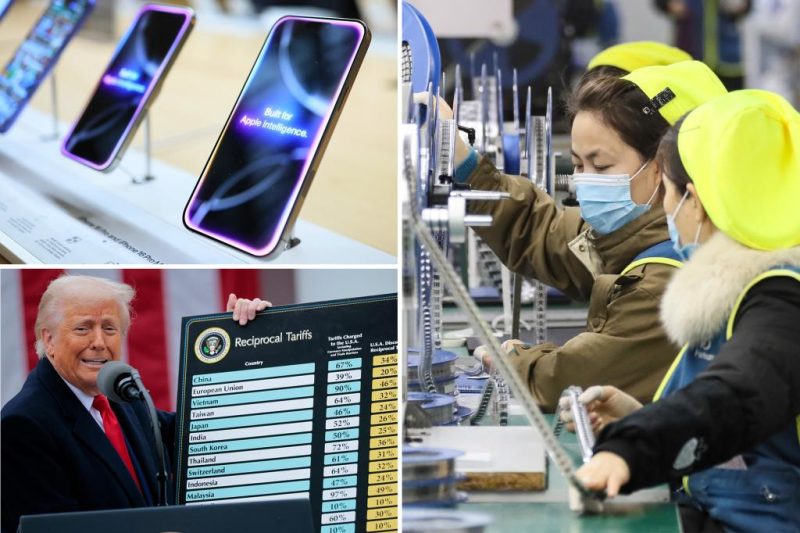
Apple is facing a significant challenge: President Trump’s tariffs on Chinese goods are threatening to inflate the cost of iPhones. To counter this, the tech giant is reportedly planning a major shift in its manufacturing strategy, focusing on ramping up iPhone production in India. This ambitious move aims to offset the increased costs associated with importing components and finished products from China.
The strategy is a high-stakes gamble. Shifting production to a new location, even one as rapidly developing as India, is a complex undertaking. It involves establishing new supply chains, training a workforce, and navigating potentially different regulatory environments. The success of this plan will depend on several factors, including the speed at which Apple can effectively establish its operations in India and the ability to maintain the same quality and efficiency levels seen in its existing Chinese manufacturing facilities.
Experts have voiced concerns about the feasibility of such a rapid shift. While India offers a large and growing market, challenges remain in terms of infrastructure, skilled labor availability, and the overall complexity of setting up a large-scale manufacturing operation. Time is of the essence for Apple, as the impact of the tariffs continues to pressure profit margins. The company needs to demonstrate a swift and effective transition to mitigate the financial consequences.
This move highlights the increasing geopolitical complexities facing multinational corporations. Trade wars and shifting political landscapes demand adaptability and strategic foresight. Apple’s decision to significantly increase its Indian production underscores the importance of diversification in global manufacturing, a crucial element in reducing reliance on single-source production and mitigating the risks associated with unpredictable trade policies.








